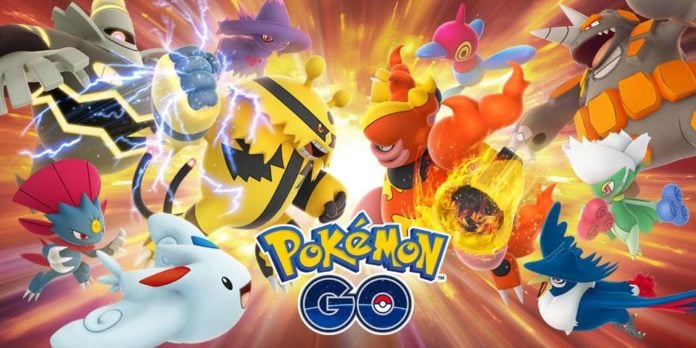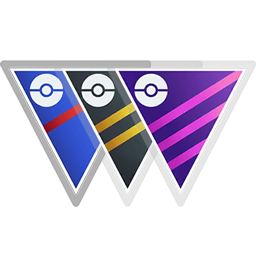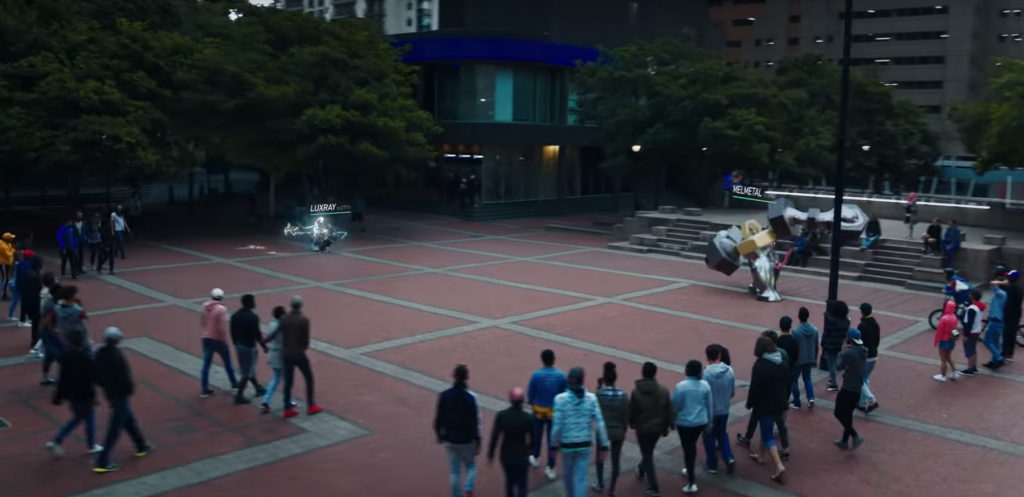Let’s just get one thing out of the way here – PVP is, without doubt, the part of Pokémon GO with the highest knowledge barrier for entry. Anyone trying to get started will spend a moment Googling and end up with a spinning head full of terms like “baits”, “grasshole”, “CMP ties” and “IV spreads”.
But the truth is, while most players interested in PVP are very interested in PVP and thus are fully up to date with every new strategy and team composition, that’s not most trainers. The sheer amount of stuff you apparently have to know in order to succeed in PVP scares people away.
Meanwhile, a lot of the world is sadly still stuck in various stages of lockdown and that means there’s a lot of trainers out there who are curtailed in what they can do in their games, and thus could do with trying out PVP, which can be played entirely from home.
Now, there’s no question that the rewards of GO Battle League can be excellent – lots of stardust, items, and a chance at some exclusive or rare Pokémon. Furthermore, the ability to face off competitively against your fellow trainers in a Silph Cup (albeit remotely for most of us) is one of the best ways the Pokémon GO community can come together while bringing that main-series Pokémon game feel into real life, as GO has always been meant to do.
And you’re probably thinking, “You’re right, EpicBookworm, getting those rewards or playing off against my friends would be great – but what about all that stuff to learn you were talking about? I don’t have time for that.”
No, dear reader, you don’t have time for that. Frankly, I don’t have time for that. No-one but the truly PVP-dedicated does. (And more power to them, of course! Grind those ranks, friends!)
This is why I’m here to tell you that you don’t need to learn all that stuff. You don’t need to find perfect PVP IVs or learn to count moves (I can hear the hardcore PVPers wincing at that one). If you just want to play for rewards, or have fun with your friends and score some wins and some pride, then there’s another way. The lazy way, which is all about finding a solid, reliable team that works for you.
I’ve done it myself, multiple times, finishing on Ace rank in the most recently completed season of GBL.
Here’s how I do it.
Step 1: Figure out what you’ve got and choose your arena
Most trainers who’ve tried to enter the PVP sphere will have been told to go check out PVPoke.com. And it is one of the best resources, if not the absolute best resource, available – you’ll need it to get started. GO Battle League is where we’re going to keep our focus for now, because it’s where you can get the most battles the fastest, and thus get comfortable, but this method works fine for Silph Cups as well.
So, go to PVPoke, and check out the rankings of the current GBL leagues – right now, that’s Ultra League and Ultra Premier, (both Pokémon 2500 CP or below). What you need to discover through these rankings is the best possible team that you can field, and in which league that will be. Look at the top 20 best Pokémon for the available leagues, and compare with your collection:
- Have you got a Cresselia? No?
- How about Swampert, or Charizard, or a Community Day move Machamp?
You probably won’t be able to field the perfect team, but search those top 20, even 30 Pokémon, for say four to six quality options that you can most afford to build.
If you’re a long-term hardcore player who’s just never cared about PVP, chances are you’ll have some ideal legendaries lying around, and the resources – Rare Candy, Stardust, TMs – to build them up, and thus could do standard Great, Ultra or Master League.
But if you’re a newer player and short on legendaries and resources, you’re more likely to want to go with the Premier leagues.
Step 2: Construct your team
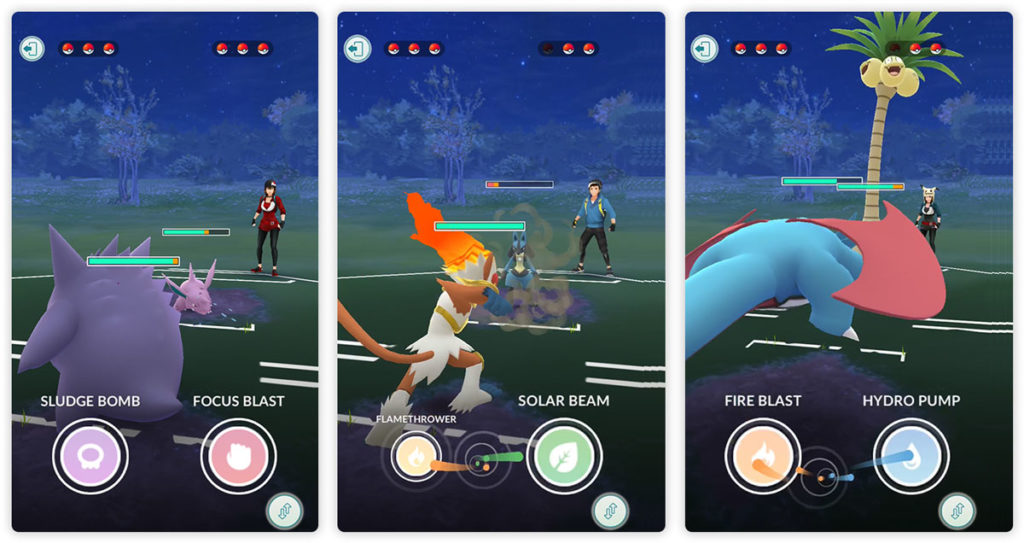
Once you’ve chosen where you’ll play, it’s time to do the most important part – put together your team.
Remember the four to six options? Look at their stats in the ranking pages, and look to narrow your four to six down to at least two Pokémon, who will form what’s called your team core.
In order to do that, look for two things:
- First, Pokémon that are strong counters for other Pokémon in the top 20 ranks, and
- Secondly, for each of your two chosen Pokémon to defeat different things – the simplest way to do that is to find two Pokémon which are hard counters to one another.
Once you’ve found that core, it’s time to pick the third member of your team. I find that the third is less important than having a strong two-Pokémon core – you can source this Pokémon from way lower in the ranks if you really need to because all it needs to do is cover anything your core is weak to.
If you’re thinking, “What about IVs?” honestly, don’t. While perfect PVP IVs are great (that’s very low attack and very high defence/HP), like IVs in all other Pokémon GO contexts, the difference they make is really small. It’s more important you get the right team of Pokémon in the park.
And frankly, that whole “CMP tie” thing? The CMP stands for “charge move priority”, and if it’s your non-ideal PVP IV Pokémon with its high attack versus their perfect PVP IVs, you win priority because it’s based on attack stat. So if you happen to have good PVP stats, great. If you don’t, stop thinking about it.
Using PvPoke.com
So, now you’ve got your core and a group of possible thirds, hop on over to PVPoke’s team builder.
You want to put in your core, with their best move sets (even if you don’t have them yet – more on that in a sec) and then the first of your possible thirds.
You’re looking for at least a B rating in each of the stats the team builder lists. An A rating is of course even better, but PVP the lazy way is not about perfect or optimum – it’s about finding something balanced, a well-team rounded that will play the same way time after time.
You may have to experiment with a lot of combinations to get the composition right.
Once you have it, go back to the league and rankings and look at your team’s ratings as:
- a lead (first Pokémon),
- a closer (last Pokémon) or as
- a switch (the middle Pokémon, typically the Pokémon least likely to have trouble if your opponent brings in something to counter it).
Order your team according to those rankings, and then guess what – your team is ready, and it’s time to move to the next step.
Step 3: Prepare your fighters
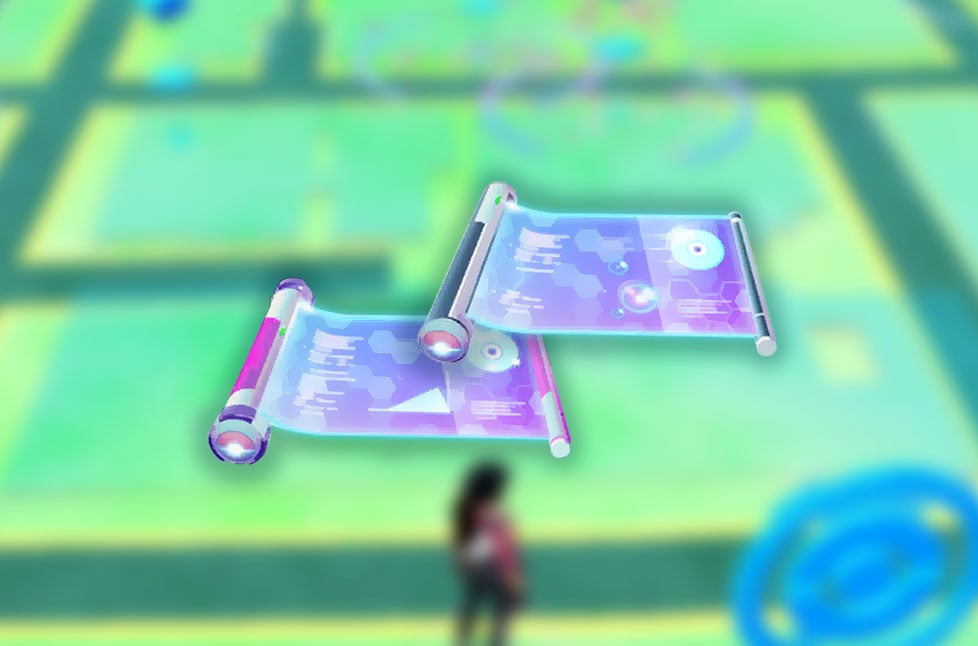
I think the biggest mistake that newer PVP players make is just throwing in whatever Pokémon they’ve heard are good straight in with no adjustments.
Making sure you have the right movesets is almost as important as team balance. Now, if you are a new or recently returned player, you are going to be low on some of the tools you need to get these movesets, like TMs or the Stardust for extra moves.
While you should absolutely work towards two moves on all three of your Pokémon, do as much as you can to begin with. Figure out where your resources can do the most good, and use the resources you gain from playing GBL to work towards improving the team.
I would say that having two perhaps lower-ranked Pokémon with the complete ideal movesets (i.e. best fast move, both best charge moves), is better than spending all your dust on getting the extra move on your most expensive investment and leaving the other two with whatever they’ve got.
What you want is a broad variety of charge moves – once fully set up, your three Pokémon should be able to throw six charge moves, ideally each of a different type, between them.
But again, it’s okay to work to that, especially at the lower GBL levels, where the variety of Pokémon you’ll encounter is less predictable.
Step 4: Time to battle
Now that your team is ready, it’s time to do the actual PVP. This is the point at which many PVP experts would (rightly) start talking about all the ways you can utilize the mechanics (switching, baiting, etc) to your advantage. But for me and for the lazy way, I really think there are only two rules that I use.
Battle tips
Firstly, if your opponent’s first Pokémon is making a mess of your first Pokémon, don’t panic. Above all, as counterintuitive as it seems, don’t immediately switch out.
As you may or may not know, switching Pokémon locks you out from switching again for a period of time, and while you are locked out, your opponent can simply bring their best counter to your Pokémon and do some real damage. In other words, switch advantage can be the difference between winning and losing a match, and to me, there is no more important thing to retain if you can.
If you do find yourself with a bad first match-up, either wait till you can throw your first charge move, throw it and then switch, or just stay in and do as much damage as you can. In both cases, don’t shield any charge moves.
In both strategies, you are sacrificing your first Pokémon (to a lesser or greater degree) in order to get to a better match-up without conceding the switch advantage, while hopefully forcing your opponent to use up shields or let their Pokémon take more damage than they’d like it.
The reason we do that is because of my second rule of lazy PVP – treat your shields like your fourth and fifth Pokémon. If you can force shields out of your opponent while holding on to your own, you’re disadvantaging them. And for your own play, remember that in any situation where there is a choice between keeping a Pokémon or using a shield, it’s important to consider which is going to help you more in the remaining battles.
Step 5: Persistence
Now, you are just starting out, so none of this is stuff you’re going to get right immediately. The key thing is to stick with your team.
You’ve constructed them as best you can, so all you need to do now is get really familiar with them and how they play. You want to get to the point where you see your opponent’s Venusaur and immediately know who on your team is the best option, or know how much damage your Swampert can take without shields.
A lot of the hardcore PVPers try out new teams constantly, but that’s not the lazy way. The lazy way is to build something balanced, and then learn that team so well you can handle whatever is thrown at you.
You won’t always win, but having that comfort with your team will mean you have the tools to win as much as you can. And after you have that comfort, if there really is a particular Pokémon that is just not doing the work for you, go looking for a replacement. The matches you’ve won with your original team should have given you the resources to improve where needed.
Step 6: Play your way
Speaking of wins, don’t get disheartened if you don’t get a lot initially, or if you go well at first and then hit a wall of absolute grind. At the end of the day, everybody who plays GBL is trying to win, and apart from the rare draw, everybody does have to lose at some point, in fact at many points. Instead of letting it bug you, stop.
No-one says you have to play the full five sets every day or even play every day at all. If you’re not getting many wins, stop.
Come back the next day, or the day after, or whenever you feel fresh. If you’ve built up the resources and think you can tweak your team and improve it, do that and come back. Do not let it feel like work.
If it’s not fun, stop. You’ve come from the rewards and for the fun, and if you’re not getting either, don’t keep going. And by this point, if you just want to try something new, ask in your local Messenger chat or Discord when the next local Silph tournament is coming up, cobble yourself up another lazy team, and play with your friends.
The point is, play only for your goals, not for rankings or an arbitrary idea of PVP success. If it’s not fun, it’s not worth it.
Conclusion
The key thing about the lazy way to PVP is to use the feature to your advantage, whether that’s making friends or scoring yourself that one GBL-exclusive male Frillish for your Pokédex.
Play as much or little as you like, and get as many rewards as can out of it. You don’t have to top the leaderboard, and you don’t need to know every little strategy. You just need the five things below:
- Build the most balanced team you can
- Outfit your team with double moves where possible, and work towards it where you can’t
- Don’t give up switch advantage if you can avoid it
- Consider your shields extra Pokémon, and value them that way
- Only play for your goals
So, PVP-averse trainers, it’s time to try out the lazy way, and get yourself those exclusive Pokémon and that sweet, sweet stardust.

